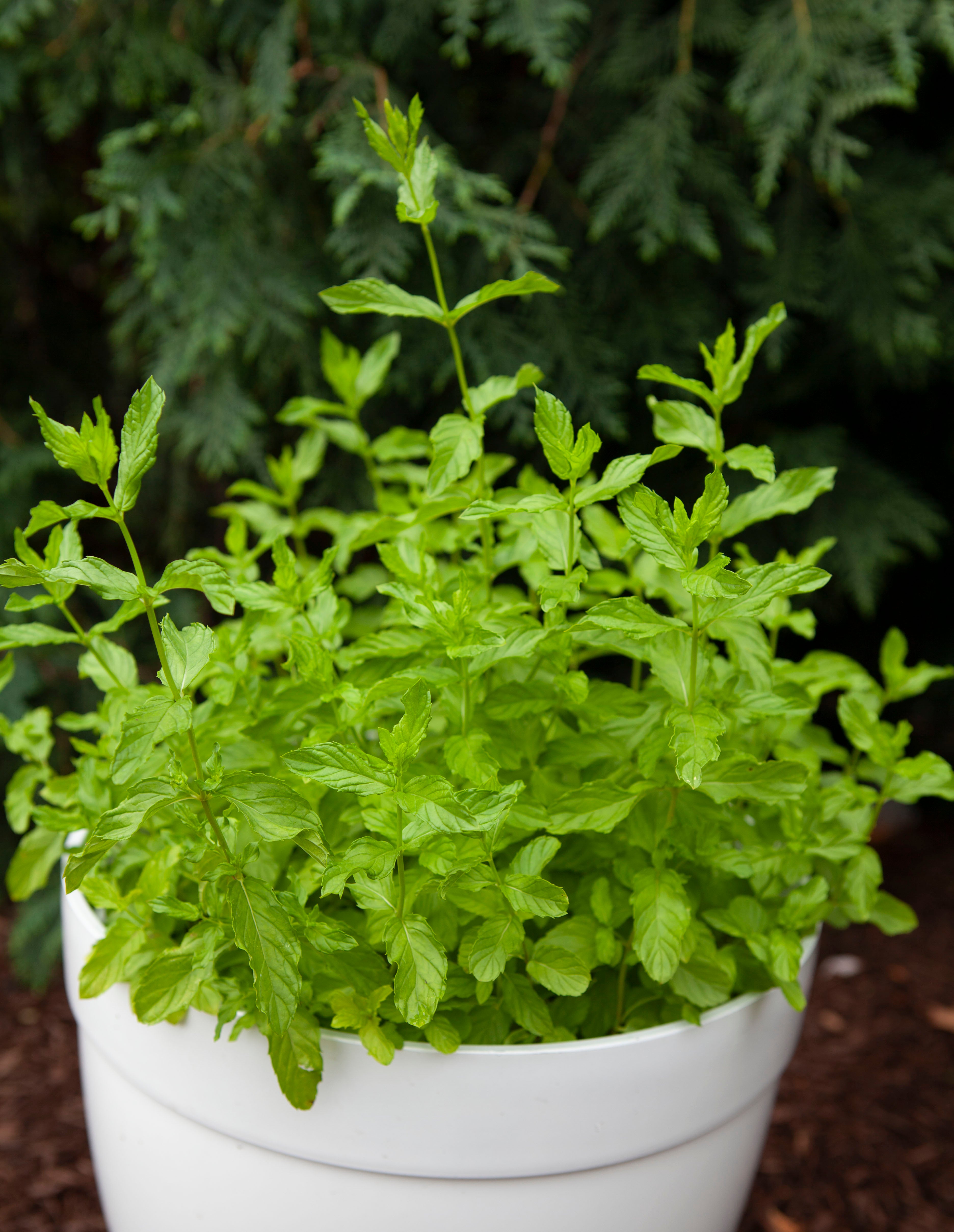
Authentic Lebanese Nana Mint
Our Story:
The roots of this mint plant come from the Metn/Keserwan district in the Mount Lebanon region of the country of Lebanon, from a family garden of a traditional old-fashioned Lebanese home. The home was made of stone with a garden in the backyard, surrounded by pine trees and overlooking the Mediterranean
sea. Homes in Lebanon transfer from generation to generation. This grove of mint has been there for decades, as old as 70-100 years ago.
In an old-fashioned manner, the mint had been grown for decades in a completely organic manner. Jiddo and sitto (grandpas and grandmas in Lebanon) did not use chemicals in their garden. They knew they had to eat it. The mint grew and spread with ease simply being watered, nothing else.
As for me, I was born in Lebanon, and I remember our mint grove. It was large because we used the fresh mint in tabbouli (tabouleh, tabooli, etc.), in salads, in mint tea (hot or iced), and many other dishes.
Whenever the mint grove had excess mint (very frequent), my mother would say: “Habibi, rooh jimm el-na’naa”, [حبيبي، روح جم آلنعنعه ], meaning “Habibi, go cut the mint grove”. I would cut it and bring it into the house where we washed it. I then helped my mother pick the leaves off the stems, then spread them on cloth sheets outside on the balcony under the vine that was growing on the overhead canopy. That setting was a traditional Lebanese setting. Most people in the mountains sat on their balconies in the shade of overhanging grave vines. We allowed the mint to dry for a few days and placed it in storage for use during the cold winter.
When I came to the United States many years ago, I found it impossible to buy fresh Lebanese nana mint. Spearmint was of good quality but too strong for salads. I was finally able to get the starter mint from Lebanon.
Even now, one still cannot find fresh nana mint plants in the USA. I decided to share this rare herb with the many Lebanese expatriates in the US and with all other lovers of Lebanese and Middle Eastern foods. That’s how Mount Lebanon Heirloom Herbs ™ was founded.
Organic to the Max:
We call this mint super organic. We use super premium organic soil to grow our nana mint here in the USA. We grow them just like grandma and grandpa did in Lebanon. We don’t even use any rooting agents to speed up their growth. By our own choice and without government certification, we go beyond certified organic, which requires being organic for at least 3 years. Our heirloom mint has been organic for many decades.
Tips to Grow Mint:
Repot your plant when you receive it and be sure to keep it watered. Mint loves water and dislikes dry soil.
Mint grows and spreads easily by throwing rhizomes left and right. Rhizomes are also called creeping rootstalk; horizontal plant stems capable of producing the shoot and root systems of a new plant.
Mint grows best when planted in the ground and it can survive harsh winters. If you plant mint in the ground, select an area where you can contain it. It is perennial in the ground even in cold zones, hibernating in water and coming back in spring.
Mint can tolerate shade. 4-6 hours of sun are plenty for healthy mint growth.
If you notice bugs on your mint, they are likely aphids or whiteflies. They eat the leaves. You can spray with 'neem oil', an organic way to control any insects in your mint.
Best wishes as you start your own ‘grove’ of true organic heirloom Lebanese nana mint.
Please suggest our nana mint to your friends. This will help us keep this mint available in the USA.